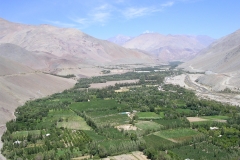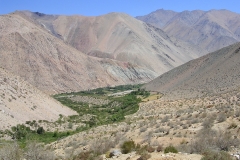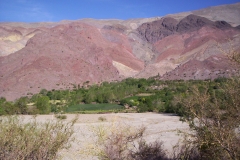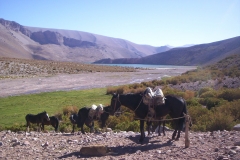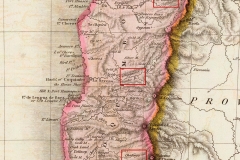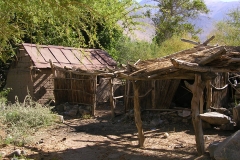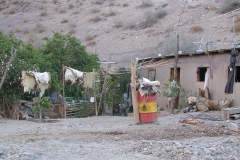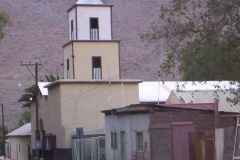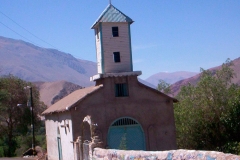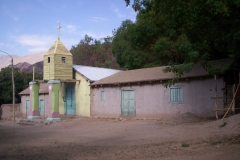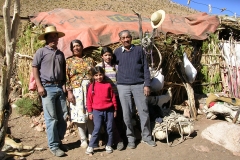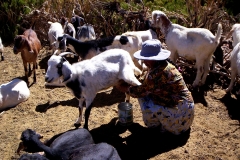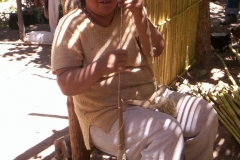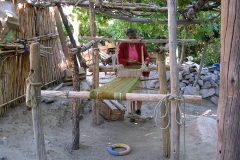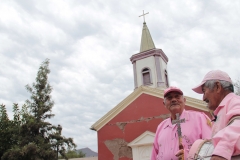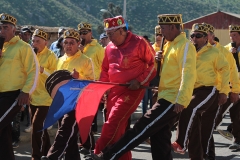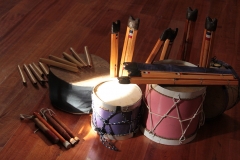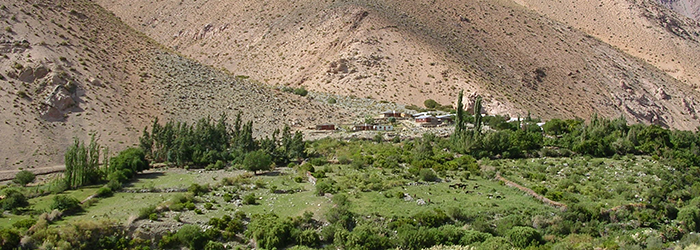Beliefs and Funerary Practices
The Diaguitas have celebrated Catholic religious celebrations since colonial times, as this part of the Norte Chico was one of the first to be evangelized in the early colonial period. But the people also continue to hold their ancient nature-based beliefs. Thus, as the people of Huasco Alto celebrate traditional Catholic feast days—such as the Cruz de Mayo in Malaguín, the Virgen de Andacollo in Chollay, the Virgen de la Merced in Pinte and the Virgen del Tránsito in the town of the same name—these local devotional cults are expressed, among other ways, in the ancient indigenous tradition of Chino dances. In some zones of Huasco Alto, traditional forms of governance also remain in place for irrigation systems, including the figures of the celador (water magistrate), who is called the Camayo or Camayoc, a Quechua term that dates back to Inca times. Similarly, until a few decades ago the Husaco Diaguitas still held ancient indigenous celebrations such as the Challa. Hybrid Christian-Indigenous celebrations incorporate traditional figures such as the ancient deity of Yastay—a Kakán figure from the Argentine Calchaquíes valleys that is a guardian spirit of animals and appears as a large guanaco that lives in the mountains.
The practices and oral tradition of the Diaguita community of Chalinga, in the Choapa Valley, also blends Hispanic and Indigenous elements. The ancient witches that are believed to inhabit the nearby mountain, Raja de Manquehua, represent ancient indigenous practices that were prohibited (and prosecuted) by the colonial orthodox hierarchy. Recently, some Diaguita communities have adopted State-sponsored festivities focused on indigenous peoples, such as the National Day of Indigenous Peoples, which falls on the winter solstice, when the indigenous New Year is celebrated in the Andean world, with offerings to the Pachamama (Mother Earth).
Modern Diaguita funerary rites, for their part, differ little from Western, Catholic ones, with evident traditional Hispanic elements.


